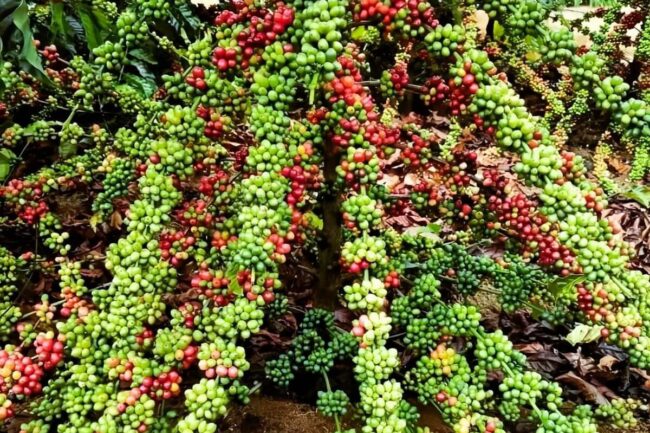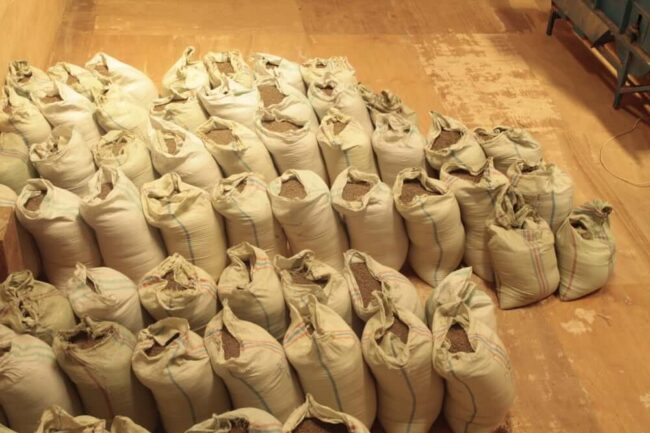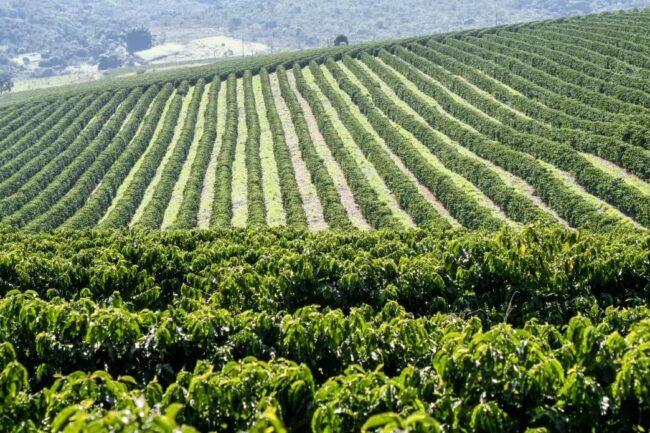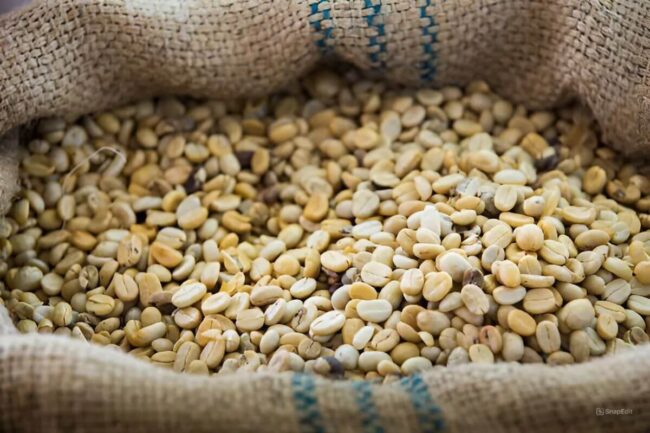Dec arabica coffee (KCZ23) on Tuesday closed up +1.55 (+1.02%), and Nov ICE robusta coffee (RMX23) closed down -30 (-1.21%).
Coffee prices Tuesday settled mixed, with robusta falling to a 1-week low. Arabica recovered from a 2-week low Tuesday and posted moderate gains on concern that excessive rain in Brazil’s coffee-growing areas will delay the completion of its coffee harvest. Somar Meteorologia reported Monday that Brazil’s Minas Gerais region received 22.8 mm of rain in the past week, or 308% of the historical average. Minas Gerais accounts for about 30% of Brazil’s arabica crop.
Robusta prices were under pressure after ICE-monitored robusta coffee inventories jumped to a 1-week high Tuesday. Weakness in the Brazilian real limited gains in arabica coffee as the real (^USDBRL) dropped to a 2-week low Tuesday against the dollar. A weaker real encourages export selling by Brazil’s coffee producers.
Falling coffee inventories are supportive of prices. ICE-monitored arabica coffee inventories Tuesday dropped to a 9-1/2 month low of 467,919 bags. Also, ICE-monitored robusta coffee inventories last Thursday fell to a record low of 3,374 lots (data history back to 2016) although those inventories rebounded slightly to a 1-week high Tuesday.
In a bullish factor for robusta coffee, Vietnam’s General Department of Customs reported last Tuesday that Vietnam coffee exports in the first eight months of this year (Jan-Aug) fell -4.9% y/y to 1.207 MMT. Also, Vietnam’s coffee harvest this year is expected to drop more than -7% to 1.67 MMT, the smallest crop in four years, according to a Bloomberg survey of exporters and traders released on May 3. Vietnam is the world’s largest producer of robusta coffee beans.
In a bullish factor, the International Coffee Organization (ICO) on August 3 reported global coffee exports from Oct-Jun were down -6.2% y/y at 93.44 mln bags. Also, the Colombian Coffee Growers Federation reported on August 9 that Colombian July coffee exports fell -17% y/y to 846,000 bags. Colombia is the world’s second-largest producer of arabica coffee beans. However, Honduras, the largest coffee-producing country in Central America, reported on July 31 that its coffee exports rose +63% y/y in July to 828,499 bags.
The U.S. Climate Prediction Center on June 8 declared an El Nino weather event, which is likely to be supportive of coffee prices. The U.S. Climate Prediction Center said sea surface temperatures across the equatorial Pacific Ocean had risen 0.5 degrees Celsius above normal, and wind patterns have changed to the point where El Nino criteria have been met. An El Nino pattern typically brings heavy rains to Brazil and drought to India, negatively impacting coffee crop production. The El Nino event may bring drought to Vietnam’s coffee areas late this year and in early 2024, according to an official from Vietnam’s Institute of Meteorology, Hydrology, and Climate Change.
The USDA Foreign Agricultural Service forecasted in its June biannual report, released on June 22, that world coffee production in 2023/24 will increase +2.5% y/y to 174.3 million bags, with a +6.9% increase in arabica production to 96.3 million bags, and a -2.4% decline in robusta production to 78.0 million bags. USDA FAS forecasts that 2023/24 Brazilian coffee production will rise by +14.5% to 67.9 million bags, while Vietnam’s 2023/24 production will fall -3.5% to 30.2 million bags. USDA FAS forecasts that 2023/24 ending stocks will edge higher by +0.8% to 31.8 million bags from 31.6 bags in 2022-23.
Illustrating a tight coffee supply picture in 2022/23, the ICO said the global 2022/23 coffee market deficit widened to -7.3 mln bags from a -7.1 mln bag deficit in 2021/22. ICO reported that 2022/23 global coffee production increased +1.7% y/y to 171.27 mln bags, but that 2022/23 global coffee consumption increased +1.7% y/y to a larger 178.53 mln bags.




